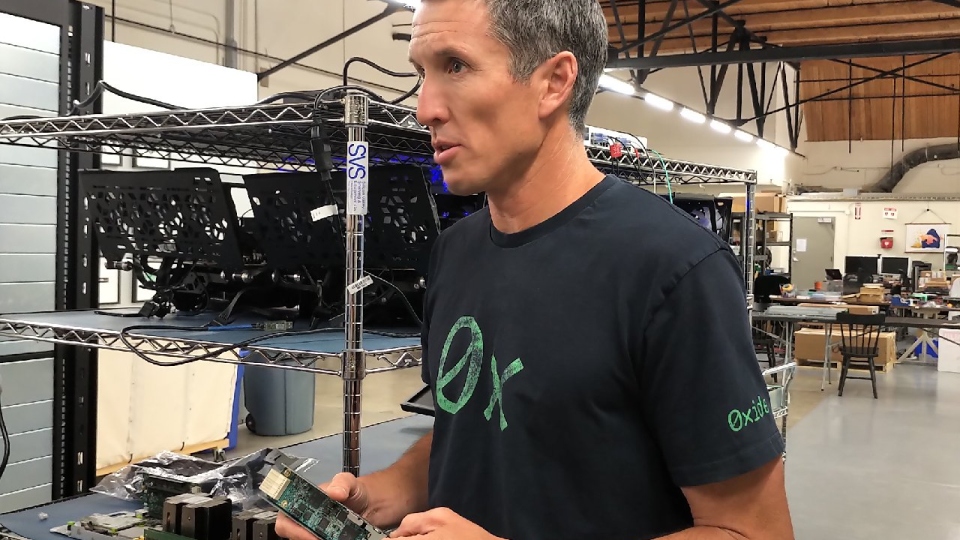
Oxide Computer Company ships on-premise hyperscale computers aimed at the government, financial services, e-commerce and service provider markets, for instance, and is selective who it sells to.
IT Europa met the company at last week’s IT Press Tour of data management companies across Silicon Valley.
Oxide builds “commercial cloud computers”, in the form of a cloud-scale and cloud-style rack-level, on-premise computing system. The Oxide cloud computer combines compute, storage, and networking elements as sleds in a plug-and-play rack. It also includes the open source software needed to build, run, and operate a cloud-like infrastructure on-site.
Based in Oakland, California, Oxide shipped its first server racks at the back end of last year, and since then it has shipped under 20 racks, telling you the selective markets its powerful systems are aimed at.
We understand most of those systems were deployed as single units at customer sites, so Oxide is hoping those customers, and others coming on board, decide to quickly scale up their Oxide footprints in response to positive results.
“We aim to get racks shipped to new customers every new quarter,” said Oxide CEO Steve Tuck (pictured).
One existing Oxide user is e-commerce giant Shopify, indicating the growth potential for the systems on offer.
Oxide says there is no “OEM story” for its systems, and it currently chooses to sell direct. However, it did not rule out a “VAR story”, providing, Tuck says, “VARs understand what ‘VAR’ stands for.”
“Those VARs that specialise in key verticals or key technology areas could well be considered going forward. Energy management, for instance, is one key area,” said Tuck.
In a novel way of gaining customers, for some perhaps, Tuck says: “We choose who we ship to. We want to avoid too many firmware issues, for instance. In the past, at other companies, it has been a problem for some of us to have too many customers.”
Choosing customers really is important to the firm. Customers “have to see the business value of the solution”, be “cloud educated”, and it’s always positive for the customer if the “development/platform engineering team show up in the discussions”. “Does the customer really want to move to a cloud native infrastructure,” asks Tuck. “This isn’t really about replacing servers for something better, its more about addressing strategic demands.”
Come up to scratch in these areas, and you might just get into the Oxide club.



